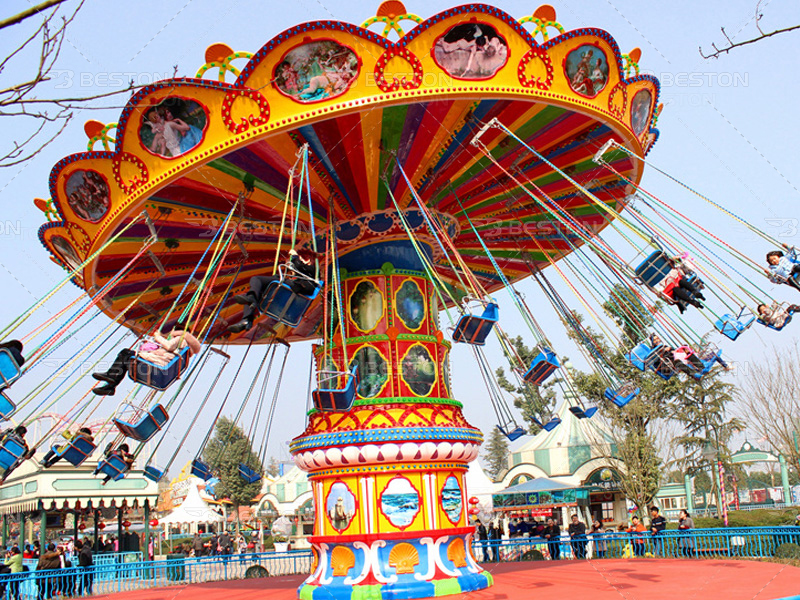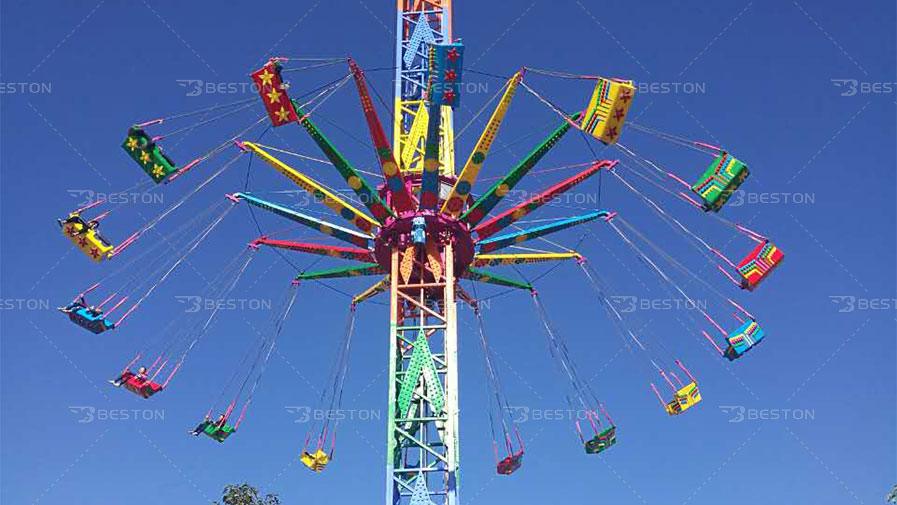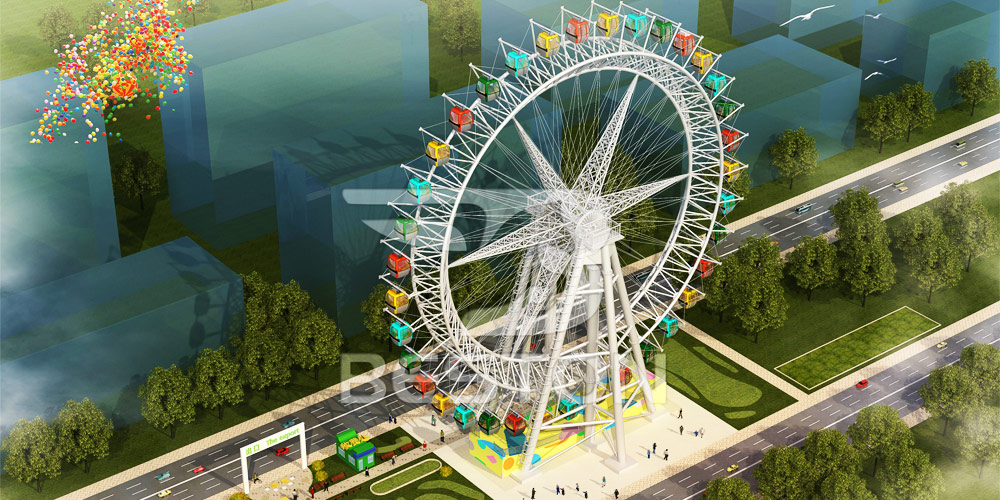Making informed investment decisions is crucial in the amusement park industry. The right attractions can increase guest satisfaction, boost revenue, and improve overall park performance. Data analysis plays an essential role in optimizing these decisions. By utilizing data, park operators can better assess the potential success of new rides and make smarter investments.
Leveraging Data for Smart Ride Investments
When evaluating potential investments, it’s vital to consider more than just the cost of the ride. For example, when considering a fair swing ride, data on previous visitor demographics, preferences, and peak times can offer valuable insights. Historical attendance data helps predict how a particular ride might perform and how it aligns with the park’s target audience. Understanding how visitors interact with different ride types can ensure that the investment leads to a solid return.
Data can also assist in comparing various ride options. By evaluating visitor feedback, trends, and ride popularity, park operators can identify which rides are most likely to meet customer expectations. If a park caters to families, a fair swing ride may be more appealing than a more intense thrill ride, ensuring a higher level of satisfaction and engagement.

Evaluating Thrill Rides’ ROI
When analyzing investments in thrill rides, such as a swing tower ride, it’s crucial to examine factors like regional popularity and crowd demographics. Swing tower rides typically attract thrill-seekers, so data on the target audience’s age and preferences can help determine if the ride will attract the right number of guests.
In addition to visitor trends, operational data such as ride capacity, wait times, and seasonal peaks will help forecast potential revenues. Data-driven insights into the most popular ride types in the area, as well as competitor analysis, can further guide investment decisions to ensure that a swing tower ride will be a profitable addition to the park.

Selecting the Right Amusement Park Ride Manufacturer
Choosing the right amusement park ride manufacturer is essential for ensuring quality and reliability. Data can guide the selection process by providing insights into manufacturers’ track records, customer satisfaction, and maintenance records. By reviewing performance data from rides produced by various manufacturers, park operators can make an informed choice.
Moreover, data analysis can help assess the long-term operational costs of a particular manufacturer. By examining service records, reliability data, and the quality of materials used, parks can ensure that they invest in a ride that will stand the test of time while minimizing maintenance and repair costs.
Analyzing the Impact of Iconic Attractions
Iconic rides, such as a Ferris wheel, are often seen as key attractions in amusement parks. However, deciding whether to buy ferris wheel rides requires thorough data analysis. Visitor trends, demographics, and seasonal data all play a role in determining whether a Ferris wheel will generate enough foot traffic to justify the cost.
Data on similar parks and their success with Ferris wheels provides valuable insight into how these attractions perform. For example, if visitor data shows that Ferris wheels are more popular during evening hours or special events, park operators can optimize ride schedules and marketing efforts to maximize ticket sales.

Predicting Future Ride Trends with Data
Data not only informs current decisions but also helps forecast future trends. Analyzing broader industry trends and emerging technologies can provide insight into the types of rides that will attract future guests. For example, the growing demand for immersive and interactive experiences may suggest that parks should consider integrating virtual or augmented reality with traditional rides.
By utilizing data from various sources, including market research and competitor analysis, park operators can anticipate visitor demands and make proactive investment decisions. This forward-thinking approach ensures that parks remain competitive and able to offer innovative, engaging experiences for guests.
Balancing Data with Creative Decisions
While data analysis is vital in optimizing ride investments, creative intuition still plays a significant role. Data-driven decisions provide a strong foundation, but park operators must also consider emotional and psychological factors, such as visitors’ desire for unique and shareable experiences. A ride may show strong data results, but its design and theming could make a significant difference in attracting visitors.
Incorporating creative design elements that resonate with target audiences enhances the overall ride experience, adding value beyond what data can predict. Successful parks know when to trust data and when to allow for creative innovations that add distinctiveness to their attractions.
Conclusion
Data analysis is an invaluable tool in making sound amusement ride investment decisions. By leveraging data to assess visitor trends, ride performance, and operational costs, park operators can ensure that each investment aligns with guest preferences and maximizes ROI. Whether it’s a fair swing ride, a swing tower ride, or an iconic Ferris wheel, data-driven decision-making allows parks to invest wisely and provide exceptional experiences for their guests.
